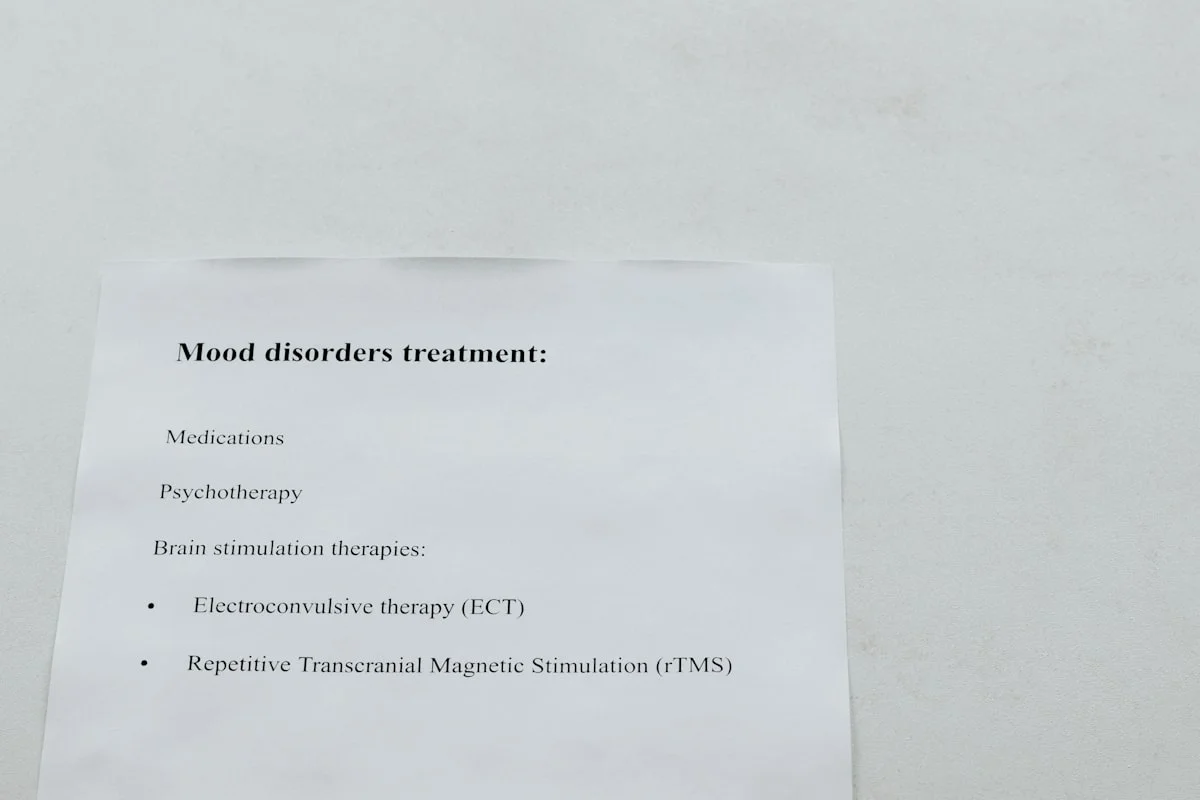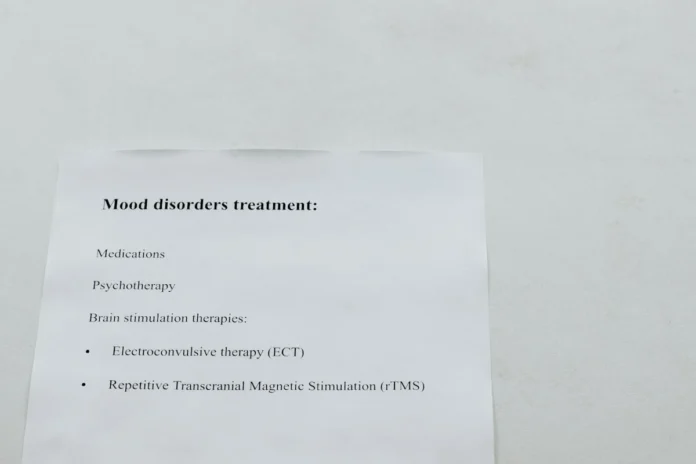“`html
Understanding Olanzapine Withdrawal Symptoms Timeline
Olanzapine is an antipsychotic medication commonly prescribed to treat conditions such as schizophrenia and bipolar disorder. While it can be highly effective in managing symptoms, discontinuing the medication can lead to withdrawal symptoms. Understanding the olanzapine withdrawal symptoms timeline is crucial for patients and caregivers to navigate this challenging phase safely and effectively.

What Causes Olanzapine Withdrawal Symptoms
Withdrawal symptoms occur when the body adjusts to the absence of a medication it has become dependent on. Olanzapine affects dopamine and serotonin receptors in the brain, and sudden discontinuation can disrupt this balance, leading to physical and psychological symptoms. Tapering off the medication under medical supervision is often recommended to minimize withdrawal effects.
The First Few Days After Stopping Olanzapine
In the initial 24 to 72 hours after stopping olanzapine, some individuals may begin to experience early withdrawal symptoms. These can include nausea, dizziness, headaches, and increased anxiety. Because olanzapine has a relatively long half-life, withdrawal symptoms may not appear as quickly as with some other medications, but early signs should still be monitored closely.
Week One to Two of Withdrawal
As the body continues to adjust, symptoms may intensify during the first one to two weeks. Common experiences include insomnia, irritability, mood swings, and flu-like symptoms such as sweating and fatigue. Some individuals may also notice a return of the original psychiatric symptoms the medication was managing, known as rebound psychosis or mood instability. Medical supervision during this period is essential to ensure safety.
Week Three to Four of Withdrawal
By the third and fourth weeks, withdrawal symptoms may begin to subside for some individuals, though others may still experience lingering effects. Psychological symptoms such as anxiety or depression can persist, and some people report cognitive difficulties, including trouble concentrating or memory lapses. A gradual tapering schedule can help reduce the severity and duration of these symptoms.
Long-Term Withdrawal Effects
In some cases, individuals may experience protracted withdrawal symptoms that last for several months. These can include ongoing mood disturbances, sleep irregularities, and occasional physical discomfort. Post-acute withdrawal syndrome (PAWS) is rare but possible, requiring long-term support from healthcare providers. Patients should maintain open communication with their doctors to address any persistent issues.
Factors Influencing Withdrawal Severity
The intensity and duration of olanzapine withdrawal symptoms can vary based on several factors. Dosage and duration of use play a significant role—higher doses and long-term use often lead to more pronounced withdrawal effects. Individual physiology, including metabolism and genetic factors, also influences how the body responds to discontinuation. A carefully managed tapering plan can mitigate these risks.
Managing Olanzapine Withdrawal Safely
Abruptly stopping olanzapine is not recommended due to the risk of severe withdrawal symptoms and relapse of underlying conditions. A gradual tapering schedule, supervised by a healthcare provider, is the safest approach. Supportive therapies such as counseling, lifestyle adjustments, and stress management techniques can also ease the transition. Patients should never attempt to discontinue antipsychotic medication without professional guidance.
When to Seek Medical Help
While some withdrawal symptoms are expected, certain signs warrant immediate medical attention. Severe mood swings, suicidal thoughts, hallucinations, or extreme physical discomfort should be addressed promptly. Healthcare providers can adjust the tapering plan or recommend additional treatments to stabilize the patient. Early intervention can prevent complications and support a smoother recovery.
Conclusion
Navigating olanzapine withdrawal requires patience, awareness, and professional support. Understanding the timeline of withdrawal symptoms helps individuals and caregivers prepare for the challenges ahead. By working closely with healthcare providers and adopting a structured tapering plan, patients can minimize discomfort and transition safely. If you or someone you know is considering discontinuing olanzapine, consult a medical professional to develop a personalized plan that prioritizes health and well-being.
“`



